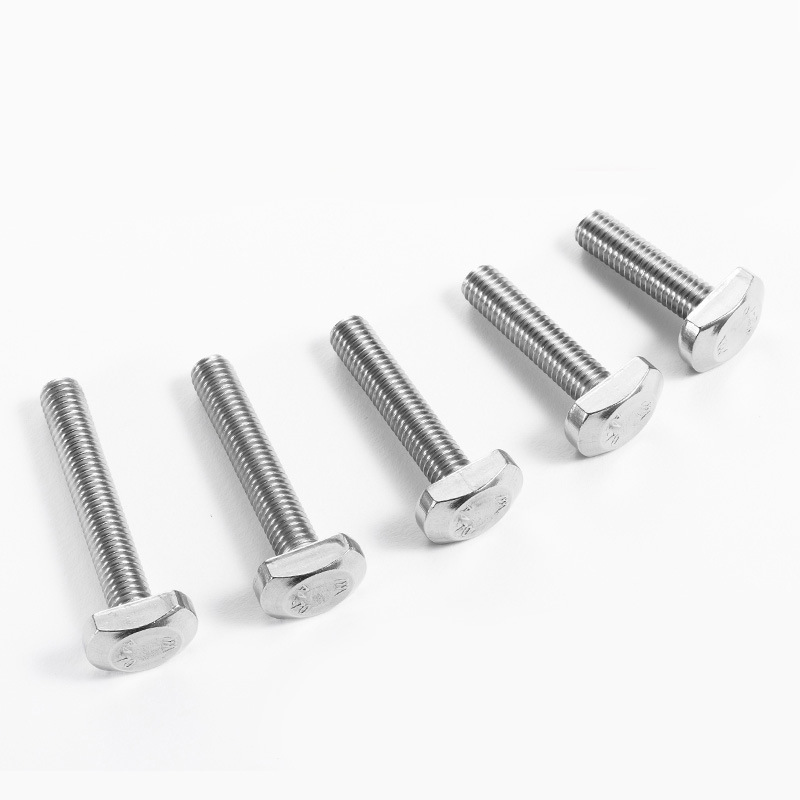

anchor bolt for steel structure
নভে. . 05, 2024 15:06 Back to list
anchor bolt for steel structure
Understanding Anchor Bolts for Steel Structures
Anchor bolts are critical components in the construction of steel structures, serving as a connection between the concrete foundation and the steel framework. These bolts play a fundamental role in ensuring the stability and safety of buildings, bridges, and other structures that rely on steel as a primary material. In this article, we will explore the importance, types, installation methods, and best practices concerning anchor bolts in the context of steel structures.
Importance of Anchor Bolts
The primary function of anchor bolts is to secure the steel structure to its foundation, preventing it from shifting or overturning due to various loads, including wind, seismic activity, and other environmental factors. They are essential for maintaining the structural integrity, as they help distribute loads evenly and provide resistance to lateral forces. Without properly designed and installed anchor bolts, a steel structure would be at risk of structural failure, leading to potentially catastrophic consequences.
In addition to their structural role, anchor bolts also accommodate changes in temperature and movement caused by settlement, load variations, and other factors. This flexibility is crucial in preventing cracking or warping of the foundation, which can compromise the overall safety of the structure.
Types of Anchor Bolts
There are several types of anchor bolts commonly used in steel construction, including
1. L-Bolts These bolts have a hooked end that embeds into the concrete, providing excellent resistance to pull-out forces. L-bolts are often used for securing equipment and machinery.
2. J-Bolts Similar to L-bolts, J-bolts have a hook at one end and are mainly used in situations where the embedded length needs to be minimal.
3. Straight Bolts These are simple bolts with no hooks at the end and can be used with anchor plates or in applications where a flat surface is required.
4. Epoxy-Coated Bolts Used in corrosive environments, epoxy-coated bolts offer additional protection against rust and corrosion, extending the lifespan of the anchor.
5. Tension-Controlled Bolts These bolts are employed in applications where a specific tension is required. They come with a tensioning device that ensures they are tightened to the correct specifications.
anchor bolt for steel structure

Installation Methods
The installation of anchor bolts is a critical process that requires careful planning and execution. The following steps outline the typical installation procedure
1. Design and Planning Prior to installation, engineers must determine the appropriate size, type, and spacing of the anchor bolts based on the structural design and load requirements.
2. Foundation Preparation The concrete foundation must be prepared to receive the anchor bolts. This includes ensuring that the surface is clean and roughened if necessary to enhance the bond between the bolt and concrete.
3. Setting the Bolts The bolts are then either cast into the concrete during the pour or set into holes drilled into hardened concrete using epoxy or other bonding materials.
4. Alignment and Leveling It is essential that anchor bolts are properly aligned and leveled, as misalignment can lead to additional stress on the steel structure.
5. Torque Specifications Once installed, the bolts must be tightened to specific torque values to ensure they are secure and can perform their intended function without failure.
Best Practices
To ensure optimal performance and reliability of anchor bolts in steel structures, consider the following best practices
- Material Selection Choose high-quality materials that are resistant to corrosion and can bear the necessary loads. - Regular Inspections Conduct routine inspections to check for signs of wear or corrosion, replacing or repairing bolts as necessary. - Compliance with Standards Follow industry standards and guidelines, such as those set by the American Institute of Steel Construction (AISC) and the American Concrete Institute (ACI), for design and installation.
In conclusion, anchor bolts are a vital part of steel structures, contributing to their strength, stability, and longevity. Understanding the various types, installation methods, and best practices associated with anchor bolts is essential for engineers, contractors, and builders to ensure the safety and durability of their projects. By prioritizing meticulous design and execution, stakeholders can minimize risks and enhance the reliability of steel constructions across various applications.
Latest news
-
Hot Dip Galvanized Bolts-About LongZe|High Strength, Corrosion Resistance
NewsJul.30,2025
-
High-Strength Hot Dip Galvanized Bolts - Hebei Longze | Corrosion Resistance, Customization
NewsJul.30,2025
-
Hot Dip Galvanized Bolts-Hebei Longze|Corrosion Resistance&High Strength
NewsJul.30,2025
-
High-Strength Hot-Dip Galvanized Bolts-Hebei Longze|Corrosion Resistance&High Strength
NewsJul.30,2025
-
Hot Dip Galvanized Bolts-Hebei Longze|Corrosion Resistance&High Strength
NewsJul.30,2025
-
Hot Dip Galvanized Bolts - Hebei Longze | Corrosion Resistance, High Strength
NewsJul.30,2025

